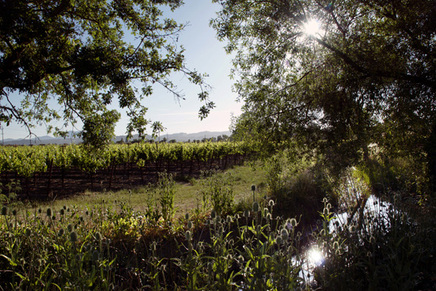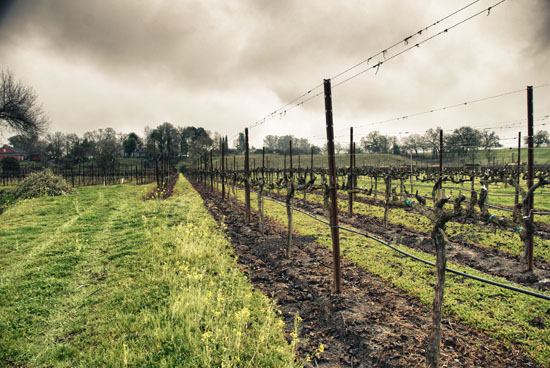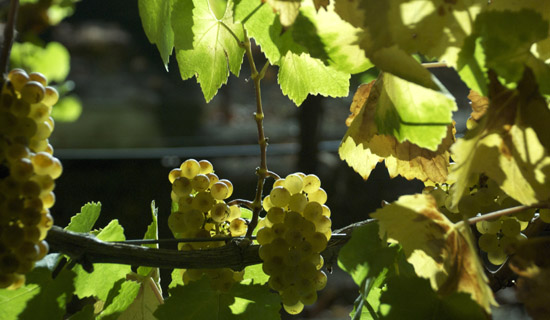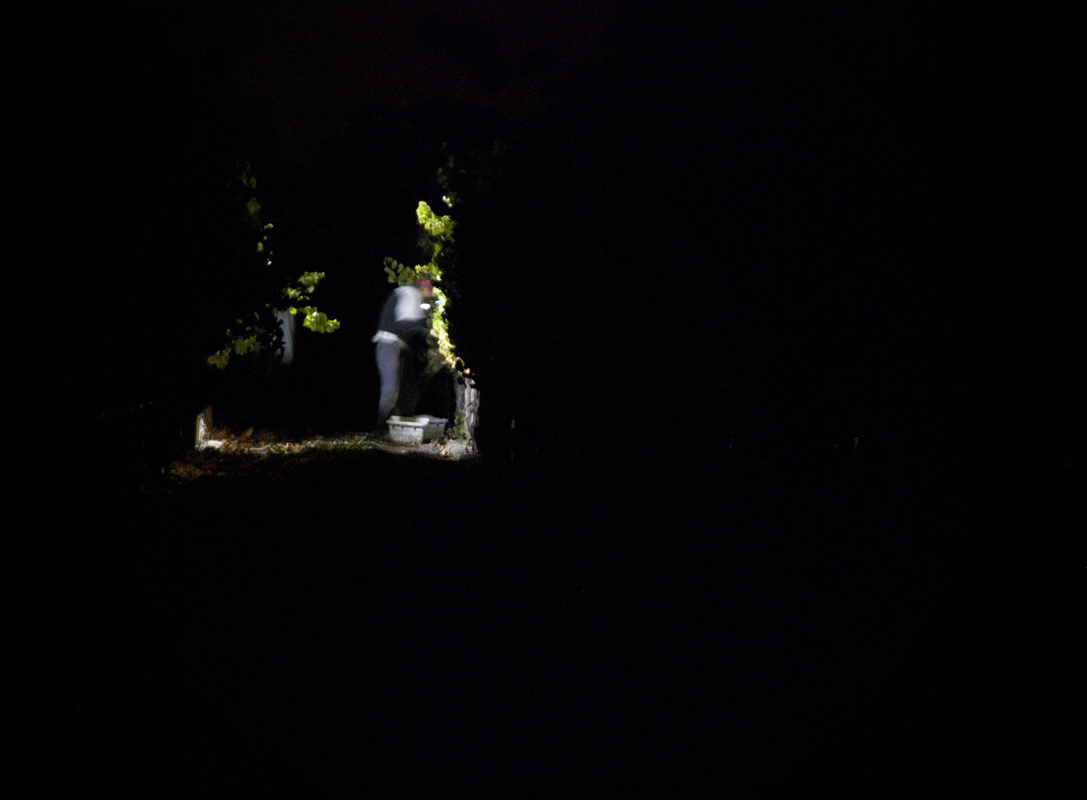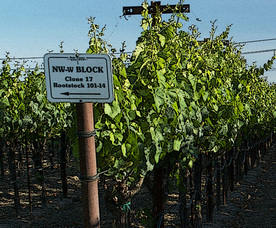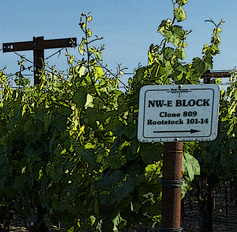Bialla Vineyard - Russian River
|
|
I was raised in New York City - not a location that would inspire or educate one in farming or agriculture. My interest in grape growing stemmed from a lifetime interest in wines, originally French and Italian wines, as California had not then acquired the reputation it now has for fine wines. With time and experience, I developed an appreciation for our California wines, concurrent with its emergence as a source of quality wine. With that as background, it was almost a natural step to explore grape growing as a lifestyle. Paul Bialla |
Written by: C. Weir Photography: Cathleen Francisco
Growing up in New York City does not "inspire or educate one in farming," yet that is where Paul finds himself today. Before becoming a farmer, Paul Bialla worked in the aerospace industry. While on assignment in Germany in the mid-1970s, his interest in viticulture was sparked, and the idea of one day owning his own vineyard became an interesting possibility. Paul and his wife Kaye took every opportunity to explore the vineyards of Germany and France, gaining an appreciation for grape growing and wine. When they returned to the United States and their home in southern California, the couple began making numerous trips north to wine country.
Their appreciation grew, and the desire to one day own a vineyard was solidified.
They were drawn to Sonoma County and by the early 1990s they began to actively search for vineyard land. Over a three year period of looking for and researching vineyards they bought 13 acres in the Russian River Valley and made their home.
Their appreciation grew, and the desire to one day own a vineyard was solidified.
They were drawn to Sonoma County and by the early 1990s they began to actively search for vineyard land. Over a three year period of looking for and researching vineyards they bought 13 acres in the Russian River Valley and made their home.
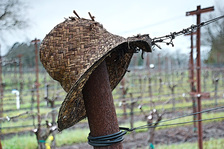
Of the 13 acres, 11 were already planted to Chardonnay, but Pierce’s disease and phylloxera were taking their toll and the vineyard needed to be replanted. Paul took a very disciplined approach to the replanting, and the results are an excellent example of a well thought out vineyard that responds to the site and its nuances. Paul took classes at UC Davis and connected with the growers in his community. He learned about soil types and micro-climates, what scions worked best with what rootstocks, budding versus bench grafting. The proximity of the river and the sandy loam soils, as well as the famous Russian River fog, were all important factors in determining the variety that would do best in his vineyard. Confident in his approach, he began replanting in 1998, finishing in 2001. The 11-acre vineyard is now planted to four distinct blocks of Chardonnay with a mix of Dijon and classic California clones.
Paul’s passion evolved as he became more active in response to the land, his vineyards and the community of grape growers he was now a part of. He became president of the North Coast Grape Growers Association, a position he held from 2003 to 2006. He participated in field trials regarding plant growth and vigor and wrote an article for Wines & Vines about the experiment and its results.
An engineer by training, a farmer at heart, Paul continues his commitment to growing quality grapes.
Paul’s passion evolved as he became more active in response to the land, his vineyards and the community of grape growers he was now a part of. He became president of the North Coast Grape Growers Association, a position he held from 2003 to 2006. He participated in field trials regarding plant growth and vigor and wrote an article for Wines & Vines about the experiment and its results.
An engineer by training, a farmer at heart, Paul continues his commitment to growing quality grapes.
